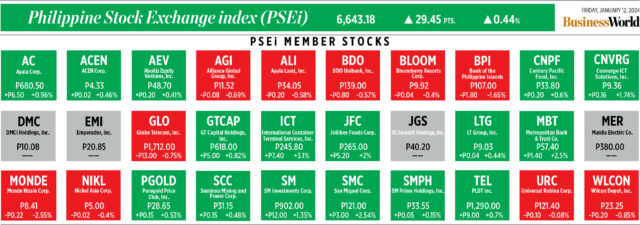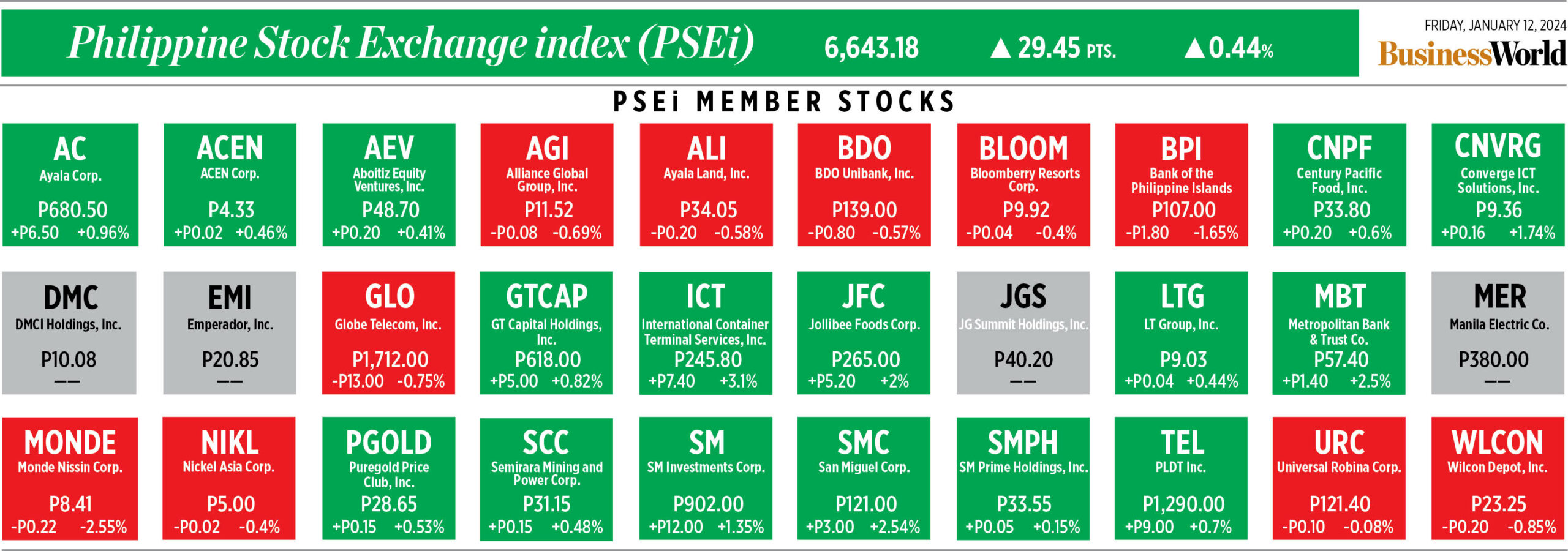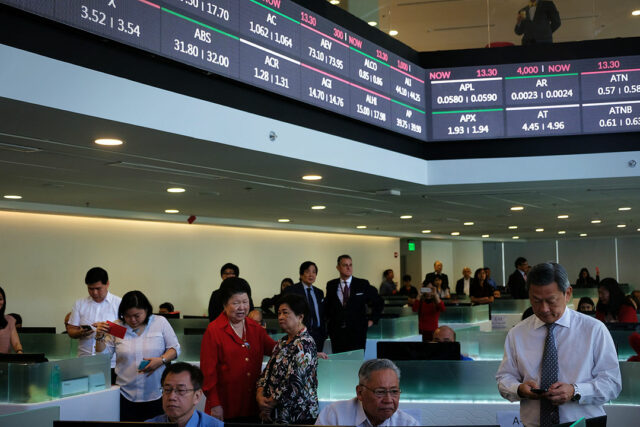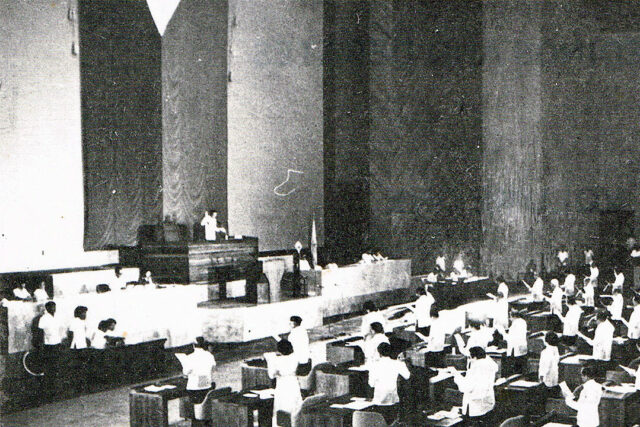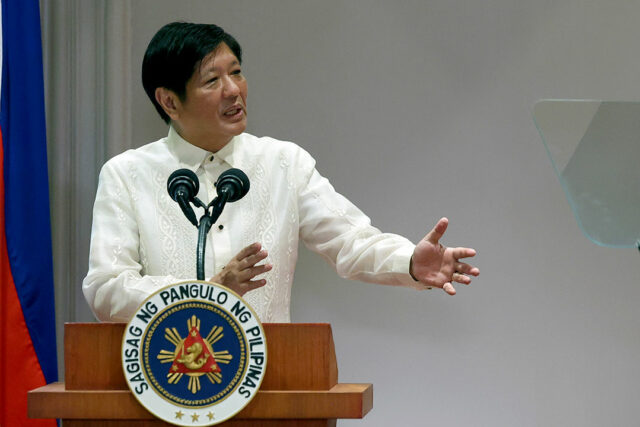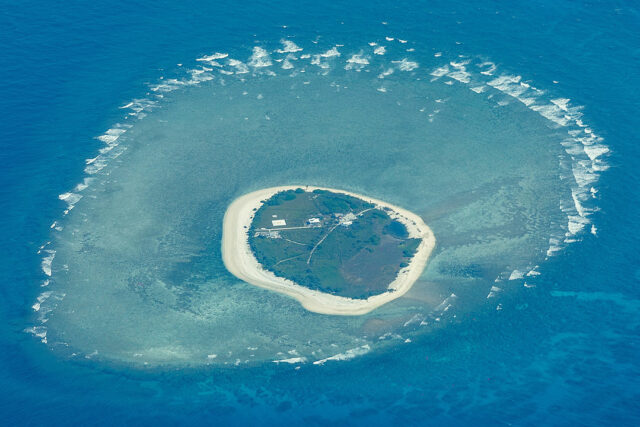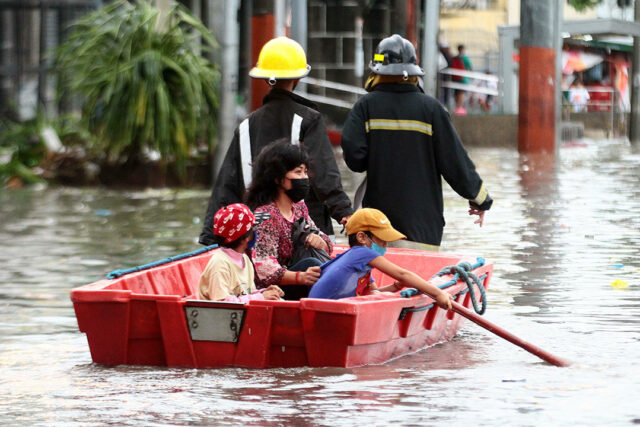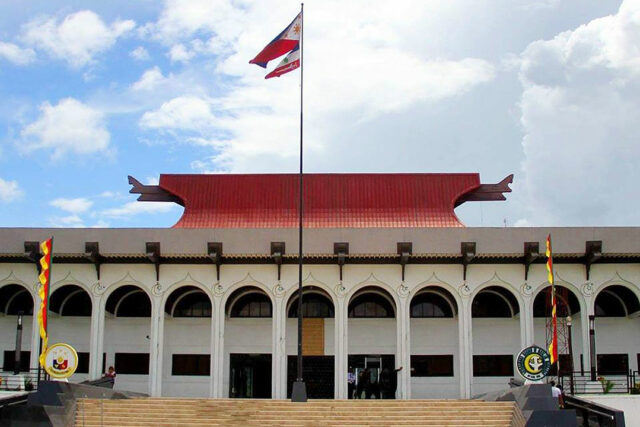FSSI supports social entrepreneurs to grow local communities

Social investment nonprofit organization Foundation for a Sustainable Society, Inc. (FSSI) continues to scale up social entrepreneurship by offering financial and non-financial products to Filipino enterprises, promoting inclusive socioeconomic growth and environmental sustainability.
The British Council, supported by the United Nations Economic and Social Commission for Asia and the Pacific, reported that social enterprises in the country have struggled to balance their environmental and financial goals to achieve business stability and effectively measure their overall impact.
FSSI addresses this challenge through its triple bottom line (3BL) approach, which measures people, planet, and profit as the main indicators. Through this approach, FSSI has benefited over 280 local social enterprises, resulting in deeper support to the communities they belong to, more paths to sustainability, and more profitable businesses — all at the same time.
“Social enterprises aim to create social and environmental impact, while maintaining a viable business at the same time,” said Sixto Donato C. Macasaet, executive director at FSSI. “In order to achieve their goals, we and our partners from national civil society organizations and international organizations help them address their challenges through our needs-based services that include loans, developmental deposits, seed capital, and equity investment.”
Boosting socioeconomic impact
Women-led enterprise Mallig FST Multi-Purpose Cooperative is engaged in lending, savings deposits, agricultural inputs trading and mechanization services, and rice milling.
In 2022, the cooperative expanded and opened a gas station in Mallig, Isabela to create jobs for its immediate community. The cooperative also started the construction of a multi-purpose building which will be used as the cooperative’s office, convenience store, agricultural trading store for bulk purchase of agricultural supplies, and other stalls for rent.
Through FSSI’s Investing in Women project, it is able to augment its working capital for agricultural inputs trading and, thus, offers agricultural inputs to farmer members at a lower price. It also gives them technical advice for better yield per cropping.
“We are now able to establish a one-stop shop that will cater to the various needs of farmer members and non-members alike in Mallig,” said Marilyn Binag, manager of the cooperative.
She added that this will also be an opportunity for the cooperative to grow beyond its 642 members — 234 of whom are women — by helping them realize their potential economic contributions through helping more communities even outside of Isabela.
Empowering local communities
Nueva Ecija-based women-led social enterprise Kilusang Lima para sa Lahat Multi-Purpose Cooperative (K5 MPC) already began partnering with FSSI through a loan program in 2006 to sustain its financial support to its members who are farmers and owners of micro, small, and medium enterprises (MSMEs).
“Our members’ need for capital for various purposes outweighs the share capital contributed by investing members,” said Guillermo Bacsa, general manager at K5 MPC.
Guided by the 3BL approach, in 2006, FSSI offered K5 MPC a credit line to support their members and to empower the communities they serve and contribute to local economic development.
In 2022, K5 MPC worked with FSSI, under a renewed partnership, to expand its services to nearby province, Aurora, and launched its first lodging business, “Peaks and Waves Bed and Breakfast.” FSSI supported the construction of the lodging house which now contributes to the local economy of the town of Dingalan through tourism, employment generation, and environmental protection by segregating, composting, and recycling wastes, and reusing containers to reduce plastic usage.
“Our members’ trust is a vital part of community development,” Mr. Bacsa said. “By empowering them and providing them solutions that fit their needs, our capital grew from P60,000 to P40 million to date.”
FSSI offers customizable services that empower social enterprises to ensure they thrive in their respective sector and foster holistic community development. To discover more about how FSSI supports local social enterprises, visit fssi.com.ph or go to their Facebook page at www.facebook.com/FSSI.Philippines.

